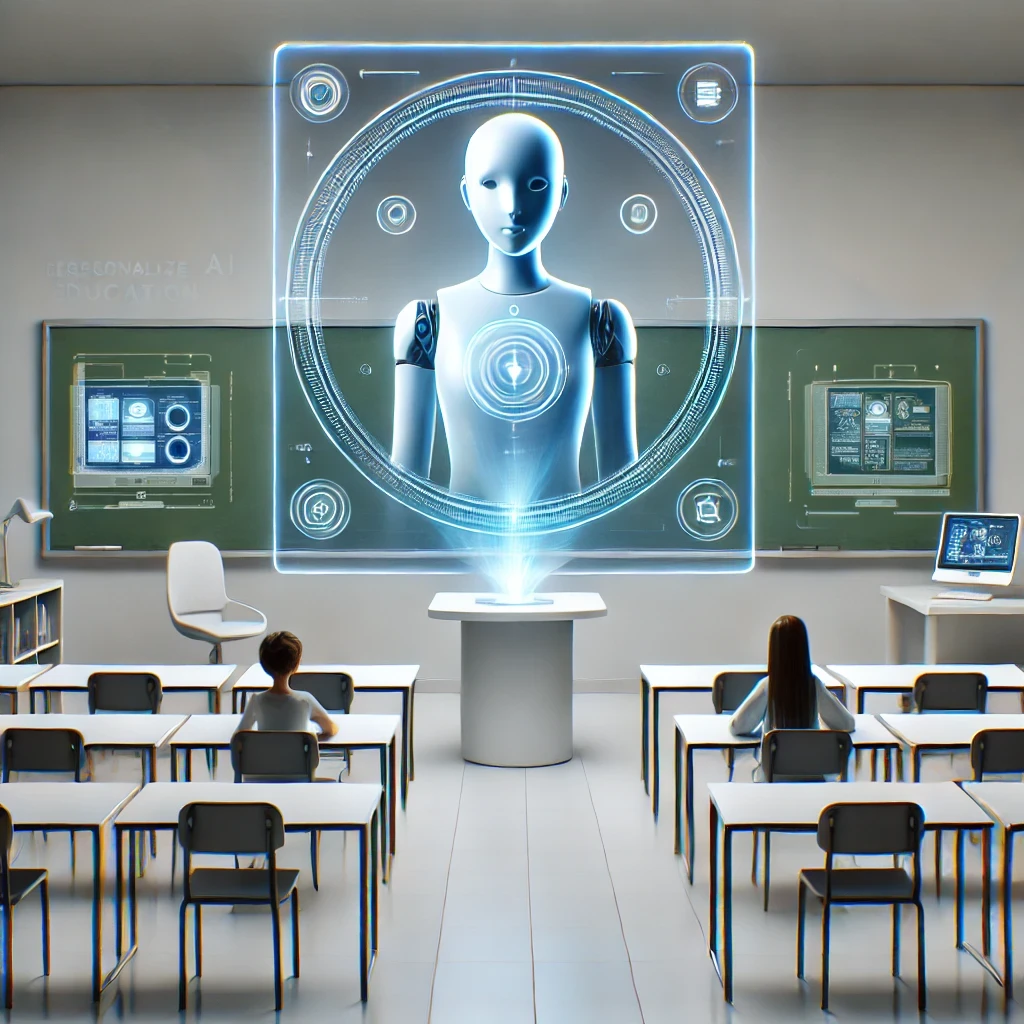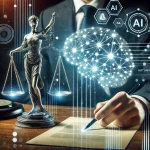Education is undergoing a profound transformation, driven by artificial intelligence (AI) and its ability to create customized learning experiences. Traditional one-size-fits-all education models often fail to accommodate the unique needs of individual learners. However, AI-powered platforms, particularly those using GPT (Generative Pre-trained Transformer), are revolutionizing the way students learn by providing personalized tutoring, adaptive learning paths, and real-time feedback. This article explores how AI-driven education platforms are reshaping the learning experience and the key role GPT plays in this revolution.
The Shift Toward Personalized Learning
For decades, education systems have relied on standardized teaching methods that often overlook individual learning styles and paces. Students in a single classroom may have widely different levels of understanding, but traditional teaching models struggle to accommodate these differences. Personalized learning—an approach that tailors educational content to individual students—seeks to address this issue. With the advent of AI-powered platforms, personalization is no longer an idealistic goal but a tangible reality.
GPT-powered education platforms analyze student progress, identify strengths and weaknesses, and adjust content delivery accordingly. These systems function as intelligent tutors, offering customized explanations, recommending additional resources, and even predicting areas where students may need extra support.
How GPT Enhances Education Platforms
GPT’s natural language processing (NLP) capabilities allow it to facilitate a range of educational applications, from personalized study plans to AI-generated assessments. Below are some of the primary ways GPT is shaping the future of learning:
1. Adaptive Learning Paths
AI-powered platforms use GPT to assess a student’s proficiency level and dynamically adjust learning materials to match their pace. Unlike traditional curriculums that progress at a fixed rate, GPT-based systems can accelerate lessons for advanced learners or provide additional explanations for those who need extra help.
For instance, a student struggling with algebra might receive step-by-step breakdowns of complex equations, while a more proficient learner may be directed to advanced problem-solving exercises.
2. AI-Powered Tutoring and Virtual Assistants
AI-driven tutors, powered by GPT, provide students with instant feedback and explanations. These virtual assistants can answer questions, clarify concepts, and guide students through problem-solving exercises in real-time.
Imagine a student studying physics encountering difficulties understanding Newton’s Laws. Instead of waiting for a teacher’s response, the student can interact with an AI tutor that provides clear explanations, real-world examples, and interactive exercises to reinforce learning.
3. AI-Generated Assessments and Feedback
Assessments play a crucial role in measuring student progress, but grading assignments and providing feedback can be time-consuming for educators. GPT simplifies this process by generating quizzes, analyzing student responses, and offering personalized feedback.
For example, an AI-powered system can evaluate a student’s essay, highlight areas for improvement, and suggest refinements in writing structure, grammar, and argument development. This enables students to continuously improve their skills through AI-driven feedback loops.
4. Language Learning and Real-Time Translation
One of the most exciting applications of GPT in education is in language learning. AI-powered platforms can simulate real-world conversations, helping students practice speaking and writing in different languages. Additionally, real-time translation features allow learners to read, write, and communicate in multiple languages seamlessly.
For example, a student learning French can interact with an AI tutor that provides real-time corrections and pronunciation guidance, enhancing their fluency without the need for human intervention.
5. Intelligent Content Creation
GPT can generate customized learning materials, including lesson plans, study guides, and practice questions, tailored to individual student needs. This enables educators to create engaging content without spending excessive time on manual preparation.
For instance, if a student is struggling with history, an AI system can generate a personalized study guide summarizing key events, providing interactive timelines, and suggesting additional reading materials.
The Benefits of AI-Powered Education Platforms
Integrating GPT into education platforms offers several advantages that enhance the learning experience:
– Personalized Learning: Students receive tailored instruction that aligns with their unique needs and learning styles.
– Scalability: AI tutors and adaptive platforms can accommodate large numbers of learners, making quality education accessible worldwide.
– Instant Feedback: Students receive immediate responses to their questions, accelerating comprehension and retention.
– Teacher Support: AI automates administrative tasks such as grading and lesson planning, allowing educators to focus on instruction.
Challenges and Ethical Considerations
Despite its benefits, AI-powered education raises important concerns that must be addressed:
– Data Privacy: Ensuring student data is protected and not misused is critical in AI-driven education.
– Equity in Access: Not all students have access to AI-powered tools due to economic or technological barriers.
– Human-AI Balance: While AI can enhance learning, it should complement rather than replace human educators.
The Future of GPT in Education
As AI technology continues to evolve, its role in education will only expand. Future developments may include:
– AI-Enhanced Virtual Classrooms: Fully immersive learning environments where AI personalizes interactions for every student.
– Emotionally Intelligent AI Tutors: Systems capable of detecting student frustration and adjusting their teaching approach accordingly.
– Greater Integration with Traditional Education: AI becoming a seamless part of classrooms, assisting teachers and students alike.
Conclusion
GPT-powered education platforms are transforming the way students learn by making education more personalized, accessible, and engaging. From adaptive learning paths to AI-driven tutoring, these innovations empower learners to take control of their education like never before. While challenges remain, the future of AI in education is promising, offering new opportunities to revolutionize learning on a global scale.



Tools like GPT have personalized my learning experience and made it much more effective
It’s amazing!
Thats dope!! Good thing everything worked out 4 u 😂
ai ed is da bomb 💣! personalized learnin? frfr? ai tutors rock! still some probs tho. future’s bright ✨!
Welp ais arent quite on that level yet😀
ai in school? “personalized” sounds 💵💵
i hope ai dont make it 2 schools tho lol 😬
gpt makes learning better 😎!
ai is changing schools and old system! no more boring lectures! 👏👏👏
We still finna have lectures tho… 🤷
can a bot really understand kids needs🤔🤔
Maybe… No?🤣
gpt edu is fire 👍👍👍 learnins never been ez!
its really cool!👍👍
Ya! this is cool… But im skary about this